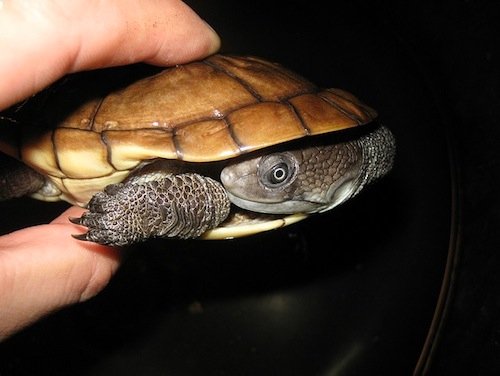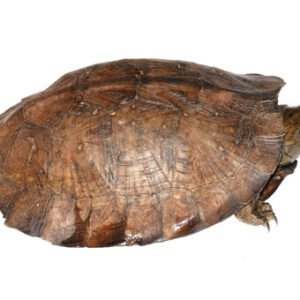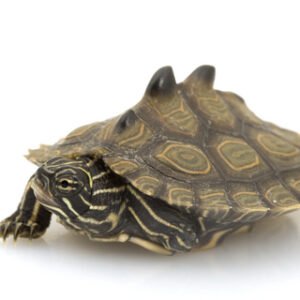Physical Characteristics and Habitat
reimann’s snake necked turtle ,(Chelodina reimanni) is distinguished by several unique physical attributes that set it apart from other turtle species. One of its most notable features is its exceptionally elongated neck, which can measure up to twice the length of its shell. This distinctive neck allows the turtle to reach underwater vegetation easily, aiding in its feeding habits. The shell of the Riemann’s snake necked turtle is relatively flat and elongated, exhibiting a smooth and streamlined shape that enhances its ability to navigate through aquatic environments. Its coloration typically ranges from olive green to brown, often adorned with intricate patterns that provide effective camouflage within its natural habitat.
Riemann’s snake necked turtle primarily inhabits the freshwater ecosystems of Southeast Asia, thriving in the rivers and wetlands of regions such as Indonesia and Papua New Guinea. These environments are crucial to their survival, as they offer abundant food sources, including aquatic plants, insects, and small fish. The freshwater habitats also provide essential shelter, allowing the turtles to hide from potential predators. The presence of dense vegetation along the water’s edge creates a rich ecosystem that supports not only the Riemann’s snake necked turtle but also a variety of other flora and fauna.
The ecological settings favored by these turtles highlight their adaptability to diverse freshwater environments. They are commonly found in areas with slow-moving waters, where the abundance of submerged plants and hiding spots fosters their feeding and breeding habits. Understanding the physical characteristics and habitats of Riemann’s snake necked turtle not only enriches our knowledge of this unique species but also underscores the importance of conserving their natural environments for future generations.
Behavior and Conservation Status
reimann’s snake necked turtle, known for its distinctive neck and intriguing behaviors, exhibits unique feeding habits. Primarily carnivorous, this turtle is often observed consuming various aquatic invertebrates, fish, and crustaceans. Utilizing its elongated neck, the turtle can strike and capture prey with remarkable speed and accuracy, showcasing an adaptive trait that enhances its hunting efficiency. Its feeding strategy not only emphasizes its predatory nature but also reflects its role in the aquatic ecosystem as a regulator of prey populations.
Social interactions among Riemann’s snake-necked turtles vary widely; they are generally solitary creatures. However, during mating seasons, they may display social behaviors, including courtship rituals that involve specific swimming patterns and visual displays. Reproductive patterns are equally fascinating, as females lay eggs in sandy or soft soil, which provides protection from predation. Hatchlings that emerge face numerous challenges, including natural predators, which further complicates their survival in the wild.
Despite their unique adaptations, Riemann’s snake-necked turtles face significant threats, primarily due to habitat loss and poaching. The destruction of wetlands and aquatic habitats diminishes the available environment necessary for their survival and reproduction. Additionally, these turtles are often targeted for the illegal pet trade, which exacerbates their declining population. Conservation status assessments have classified them as endangered, urging the need for immediate protective measures.
Efforts to conserve Riemann’s snake-necked turtle involve habitat restoration initiatives and legal protections against poaching. Organizations are actively working to raise awareness about the importance of this species in maintaining biodiversity. Through habitat conservation and responsible practices, we can ensure the survival of this remarkable species and encourage readers to consider their role in environmental conservation.





